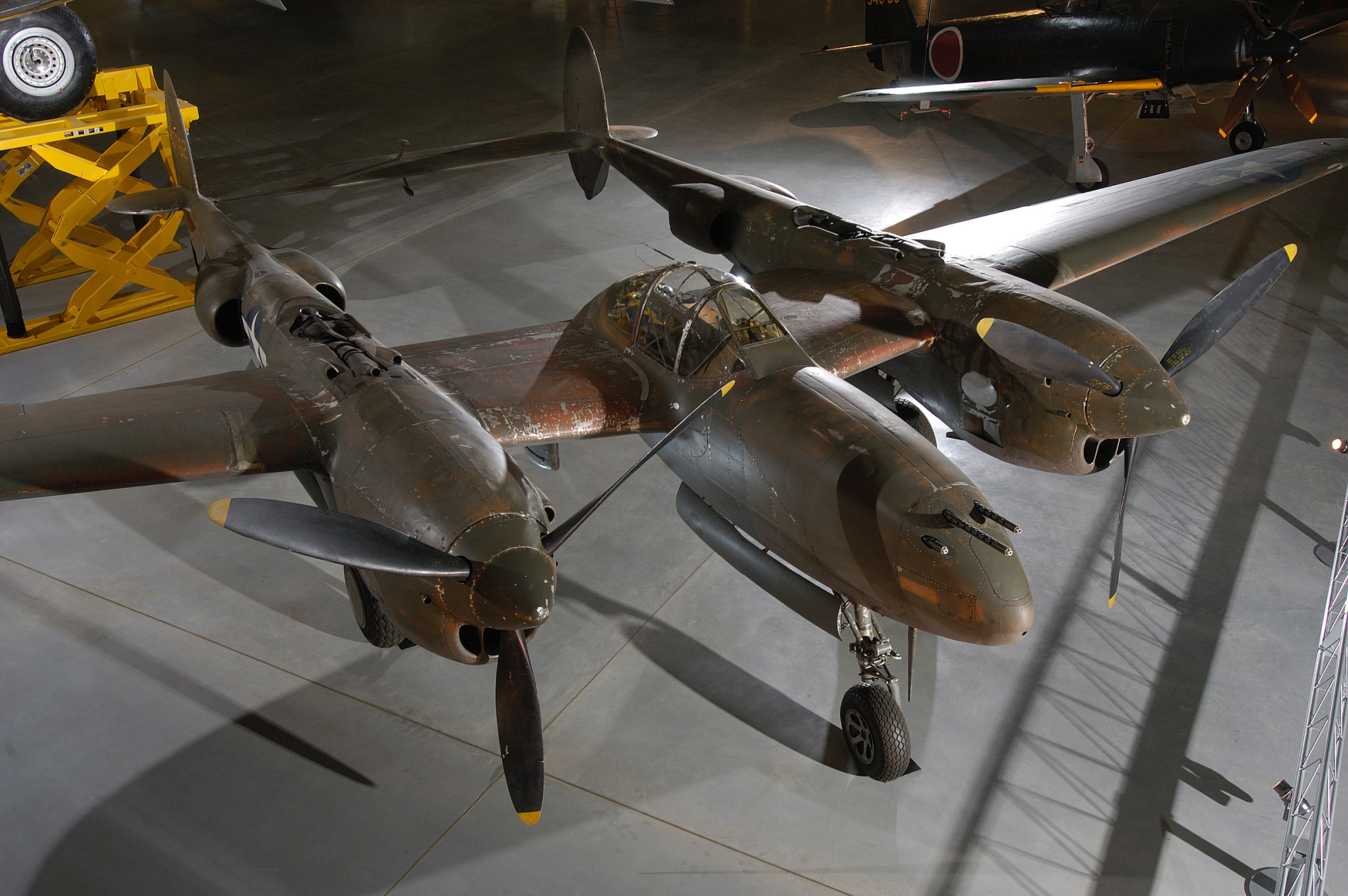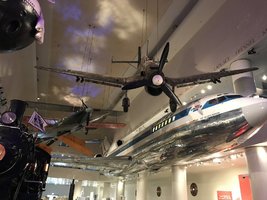My high school shop teacher flew with Charles Lindbergh in the Pacific - can’t remember if it was P47s, he said the Japanese planes flew circles around them. He said Lindbergh was a genius, taught them so much about flying.
P38.
Lindbergh was regarded with suspicion due to his isolationist views. He was an “America First” member, and while living in Britain was attacked by the administration for his views, and resulted in his resignation from the Reserves. The good news was that the Nazis very happily “opened their Kimono” to him and showed him Aviation technology that he fully debriefed the Army about.
After Pearl Harbor he returned to the US. The government intervened to keep him from working as a consultant, but Henry Ford said “FU” and hired him to help with Bomber production. He worked primarily as a test pilot and flew everything.
By 1944 the Marines and Navy were anxious to get his help solving some problems with the F4U and he shipped out to the Pacific. He flew 14 combat missions from Quadalcanal. It is little known that Lindbergh was an expert marksman: he shot a flying fish in the air with a .45 from a moving PT boat. Think about that. .... He was allowed to use his guns “For defensive purposes.” ;-)
His stock rose further when he reported to a P38 Squadron. On his first mission he flew over a ridge (clearing it by an estimated 10 feet) strafed two Japanese ships, then pulled up over the adjoins ridge: at 250 knots.
Mechanics reported to Command that he was returning from missions with as much as 1/3rd more fuel remaining than other planes. As a distance flier of vast experience, he intuitively tuned the plane for maximum cruising range by lowering rpms, increasing pitch, etc.
“The second and critical passage made by the group concerned fuel consumption. With additional fuel cells in the J model P-38, Satan's Angels had been making six and one-half and seven-hour flights. On I July Lindbergh flew a third mission with the group, an armed reconnaissance to enemy strips at Nabire, Sagan One and Two, Otawiri, and Ransiki, all on the western shore of Geelvink Bay. Already Lindbergh's technical eye noticed something. After six and one-half hours flying time, he landed with 210 gallons of fuel remaining in his Lightning's tanks....
First one, then two pilots reported dwindling fuel and broke off for home. MacDonald ordered the squadron back but because Lindbergh had nursed his fuel, he asked for and received permission to continue the hunt with his wingman. After a few more strafing runs, Lindbergh noticed the other Lightning circling overhead. Nervously the pilot told Lindbergh that he had only 175 gallons of fuel left. The civilian told him to reduce engine rpms, lean out his fuel mixture, and throttle back. When they landed, the 431st driver had seventy gallons left, Lindbergh had 260. They had started the mission with equal amounts of gas.“
The Commander of the 475th, the famously hard-charging Colonel Charles McDonald, then had Lindbergh brief the other pilots. His techniques added 400 miles of range.
Lots more
So: P38J. There is one on display at the Smithsonian.










